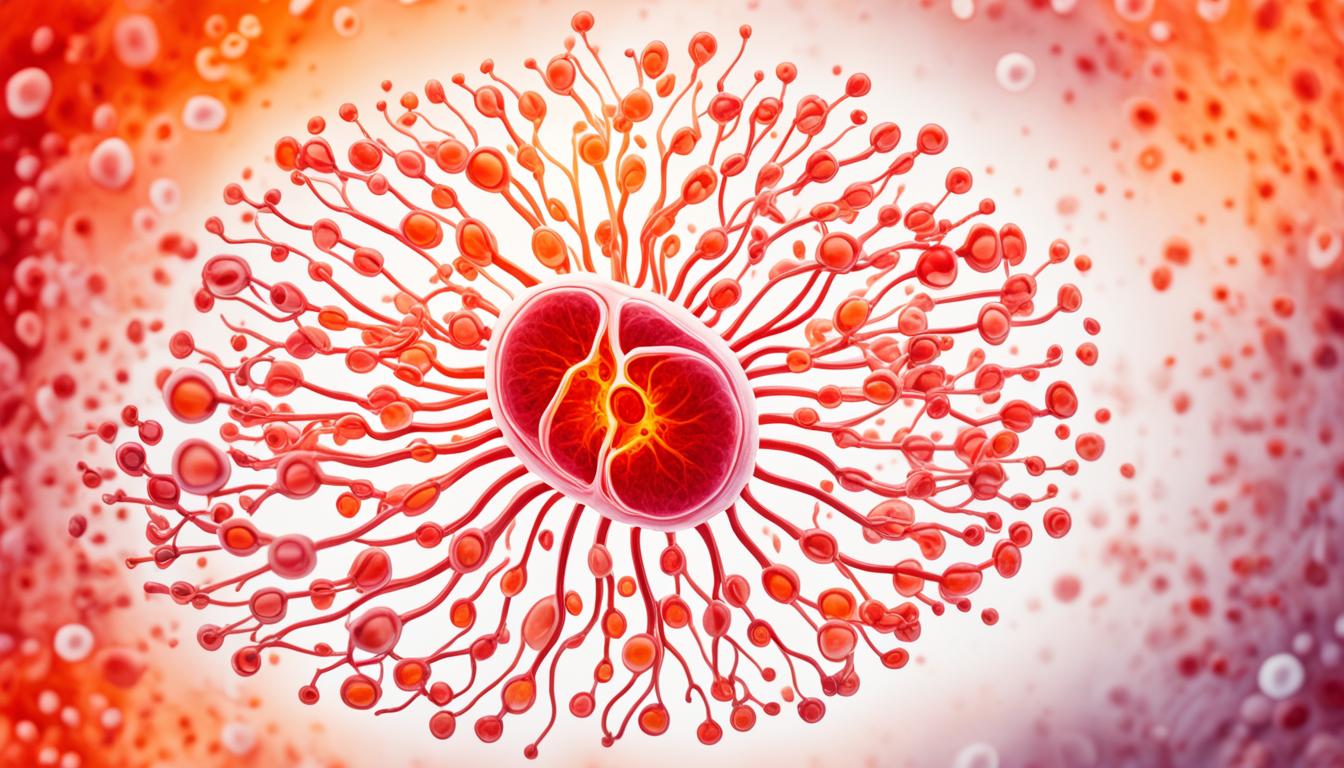A kidney infection, also called pyelonephritis, is a serious bacterial issue in the kidneys. It often starts as a lower urinary tract infection. Then, the bacteria moves to the kidneys. Symptoms include fever, chills, back pain, and feeling like you need to pee a lot. Cloudy or bloody urine might also appear.
Women are more at risk, as are those with urinary blockages or weak immune systems. Using a catheter also increases the chances of infection. Without treatment, a kidney infection can damage your kidneys or cause sepsis. Sepsis is a life-threatening whole-body infection.
To diagnose a kidney infection, a doctor does a physical exam and you provide a urine sample. Imaging tests, like a CT scan or ultrasound, may be needed too. Treatment usually means taking antibiotics to kill the bacteria. In severe cases, you might need to stay in the hospital.
Stem cell therapy is a new and promising area to treat kidney infections. Stem cells can grow into different types of cells, including kidney cells. This might help repair the damage in your kidneys. Yet, we still need more research to know how well stem cell therapy works and how safe it is to use.
Key Takeaways:
- Kidney infection, also known as pyelonephritis, is a serious bacterial infection affecting the kidneys.
- Common symptoms of kidney infection include fever, chills, back pain, frequent urination, and cloudy or bloody urine.
- Risk factors for kidney infection include being female, urinary tract obstruction, weakened immune system, and catheter use.
- Diagnosis involves physical examination, urine tests, and imaging tests such as CT scan or ultrasound.
- Treatment for kidney infection usually includes antibiotics, and in severe cases, hospitalization might be necessary.
Symptoms of Kidney Infection
Kidney infection symptoms are different for everyone. But, they often include:
- Fever
- Chills
- Back pain, mostly in the lower back or sides
- Frequent urination
- Cloudy or bloody urine
- Strong desire to urinate a lot
- Pain or burning when you pee
Severe cases might bring nausea, vomiting, and tiredness.
Remember, not all symptoms appear in everyone with a kidney infection. Some show just a few symptoms, others a mix. If you see any signs, be sure to get medical help for the right treatment.
Kidney infection signs might look like a UTI or kidney stones. So, it’s key to talk to a doctor for the right diagnosis.
Complications of Kidney Infection
Leaving a kidney infection untreated can cause big problems, like:
- Kidney damage
- Septicemia (blood infection)
- Septic shock
- Abscess in the kidneys
Acting fast and getting treatment is important to avoid these issues.
When to Seek Medical Help
If kidney infection symptoms show, especially with extra risks like a blockage or weak immune system, see a doctor right away.
Getting a diagnosis and treatment early can stop things from getting worse and lower the chance of problems.
| Symptoms | Significance |
|---|---|
| Fever | Fever is common in kidney infections and shows an ongoing infection. |
| Chills | Chills happen with fever and suggest the body is fighting infection. |
| Back pain | Lower back or side pain is often a sign of a kidney infection. |
| Frequent urination | Peing more might mean your kidneys are inflamed, fighting off bacteria. |
| Cloudy or bloody urine | It might show there’s bacteria or blood in your urinary tract, possibly a kidney infection. |
Causes and Risk Factors of Kidney Infection
A kidney infection, or pyelonephritis, comes from bacteria. It starts in the lower urinary tract and moves to the kidneys. The leading cause is Escherichia coli (E. coli), found in the gut.Causes of kidney infection can be different, but it often begins in the urethra or the bladder. This happens through sexual contact, not keeping clean, and wrong bathroom habits. The bacteria then travels up to the kidneys.
Risk factors for kidney infection can make some people more likely to get it. These factors include:
- Urinary tract obstruction: Anything that blocks the urinary tract, like kidney stones, can offer a place for bacteria to grow.
- Weakened immune system: People with weak immune systems, from conditions like HIV or diabetes, might struggle to fight off the infection.
- Catheter use: Having a catheter can let bacteria in, increasing infection risk.
It’s more common for women to get kidney infections than men. This might be because women’s urethras are shorter. This makes it easier for bacteria to travel to the kidneys.
Knowing the causes and risks of kidney infection is key to stopping them. Keeping the urinary tract clean is important for reducing these risks.
Diagnosing and Treating Kidney Infection
Diagnosing a kidney infection involves various tests. Doctors will likely do a physical exam first. They might check your lower back and stomach for pain. They will also look for signs of sickness like a fever and fast heart rate.
After the exam, you’ll probably need urine tests. These can show if bacteria are present and what type they are. You might also have imaging tests, like a CT scan, to check your kidneys’ health.
Kidney infections are treated with antibiotics. The specific kind you get depends on how bad your infection is and what type of bacteria is causing it. Be sure to take all the antibiotics your doctor prescribes. This helps make sure the infection goes away for good.
If your infection is very serious, you might need to stay in the hospital. This is more likely if you can’t take pills, or if the infection has harmed your kidneys or led to sepsis.
Feeling symptoms of a kidney infection means you should see a doctor right away. Getting diagnosed early and starting treatment quickly can stop the infection from getting worse. Your doctor will know the best ways to test you and treat your infection effectively.

